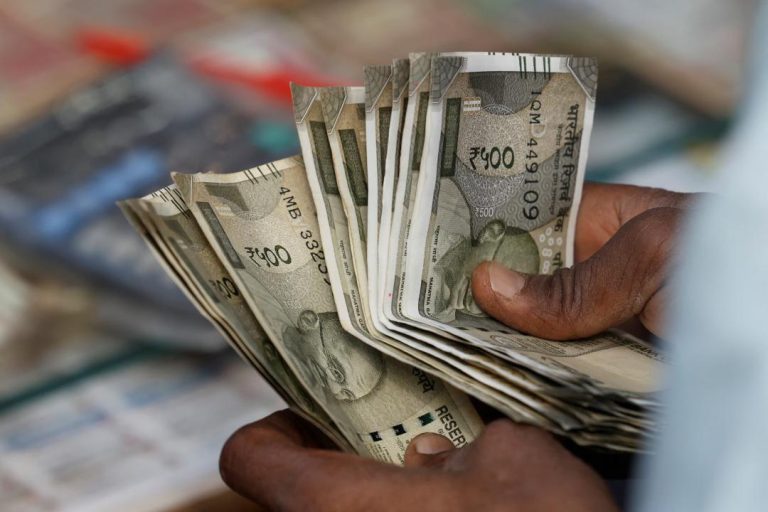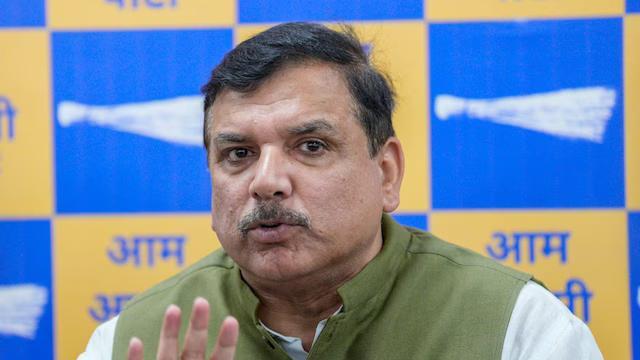
India’s Electric Two-Wheeler Market: 2024 Growth Outlook
The Indian electric two-wheeler market has experienced a significant surge in recent years, driven by government initiatives, rising fuel costs, and growing environmental concerns. According to a report by IMARC, the market reached 960,000 units in 2024 and is projected to grow at a whopping 28.5% Compound Annual Growth Rate (CAGR) to reach 11 million units by 2033. This remarkable growth is expected to transform the Indian two-wheeler market, making electric vehicles (EVs) a mainstream choice for consumers.
Government Support and Regulations
The Indian government has played a crucial role in promoting the adoption of electric two-wheelers by introducing several initiatives and regulations. The FAME-II (Faster Adoption and Manufacturing of Hybrid and Electric Vehicles) scheme, launched in 2019, provides incentives to manufacturers and buyers of electric vehicles. The scheme offers a subsidy of up to ₹17,500 on the ex-showroom price of electric two-wheelers.
Recently, the government introduced the Energy and Resources Institute (TERI) Electric Vehicle Policy, also known as EMPS 2024. The policy aims to promote the adoption of electric vehicles by providing tax benefits, relaxed regulations, and infrastructure development. The policy also sets a target of 30% of new vehicles sold being electric by 2030.
Top Players and Market Share
The Indian electric two-wheeler market is dominated by top players like Ola, Ather, and Bajaj. Ola, the popular ride-hailing company, has expanded its electric two-wheeler business by introducing its own brand of electric scooters. Ather Energy, a Bengaluru-based startup, has gained significant traction with its Ather 450X electric scooter. Bajaj, one of the leading two-wheeler manufacturers in India, has also entered the electric two-wheeler market with its Chetak electric scooter.
According to a report by Ascendants, Ola Electric is the market leader in the Indian electric two-wheeler market, with a market share of around 30%. Ather Energy is the second-largest player, with a market share of around 20%. Bajaj is the third-largest player, with a market share of around 15%.
Key Growth Areas
The Indian electric two-wheeler market is expected to grow at a rapid pace in the coming years, driven by several key growth areas. Some of the key growth areas include:
- Youth Adoption: Young Indians are increasingly adopting electric two-wheelers as a mode of transportation. With the introduction of affordable and feature-rich electric scooters, the youth is driving the growth of the market.
- Battery Innovation: Battery technology is improving rapidly, with advancements in lithium-ion batteries and other alternative technologies. This has led to the introduction of electric two-wheelers with longer ranges and faster charging times.
- Regional Expansion: The Indian electric two-wheeler market is expanding rapidly across regions, with players like Ola and Ather expanding their operations to new cities and towns.
Challenges and Opportunities
While the Indian electric two-wheeler market is expected to grow rapidly, there are several challenges that the industry needs to address. Some of the key challenges include:
- High Costs: Electric two-wheelers are still more expensive than their internal combustion engine counterparts. This has limited adoption, especially in the budget-conscious Indian market.
- Infrastructure: The lack of charging infrastructure is a major challenge for the growth of the electric two-wheeler market. The industry needs to invest in the development of charging infrastructure to support the growth of electric vehicles.
- Range Anxiety: Range anxiety is a major concern for electric two-wheeler buyers. Players need to focus on introducing electric two-wheelers with longer ranges and faster charging times to alleviate this concern.
In conclusion, the Indian electric two-wheeler market is expected to grow rapidly in the coming years, driven by government initiatives, rising fuel costs, and growing environmental concerns. Top players like Ola, Ather, and Bajaj are leading the sector, with key growth areas including youth adoption, battery innovation, and regional expansion. While there are challenges to be addressed, the industry has significant opportunities for growth and development.
News Source:
https://ascendants.in/industry_events/india-electric-bike-comparison/






